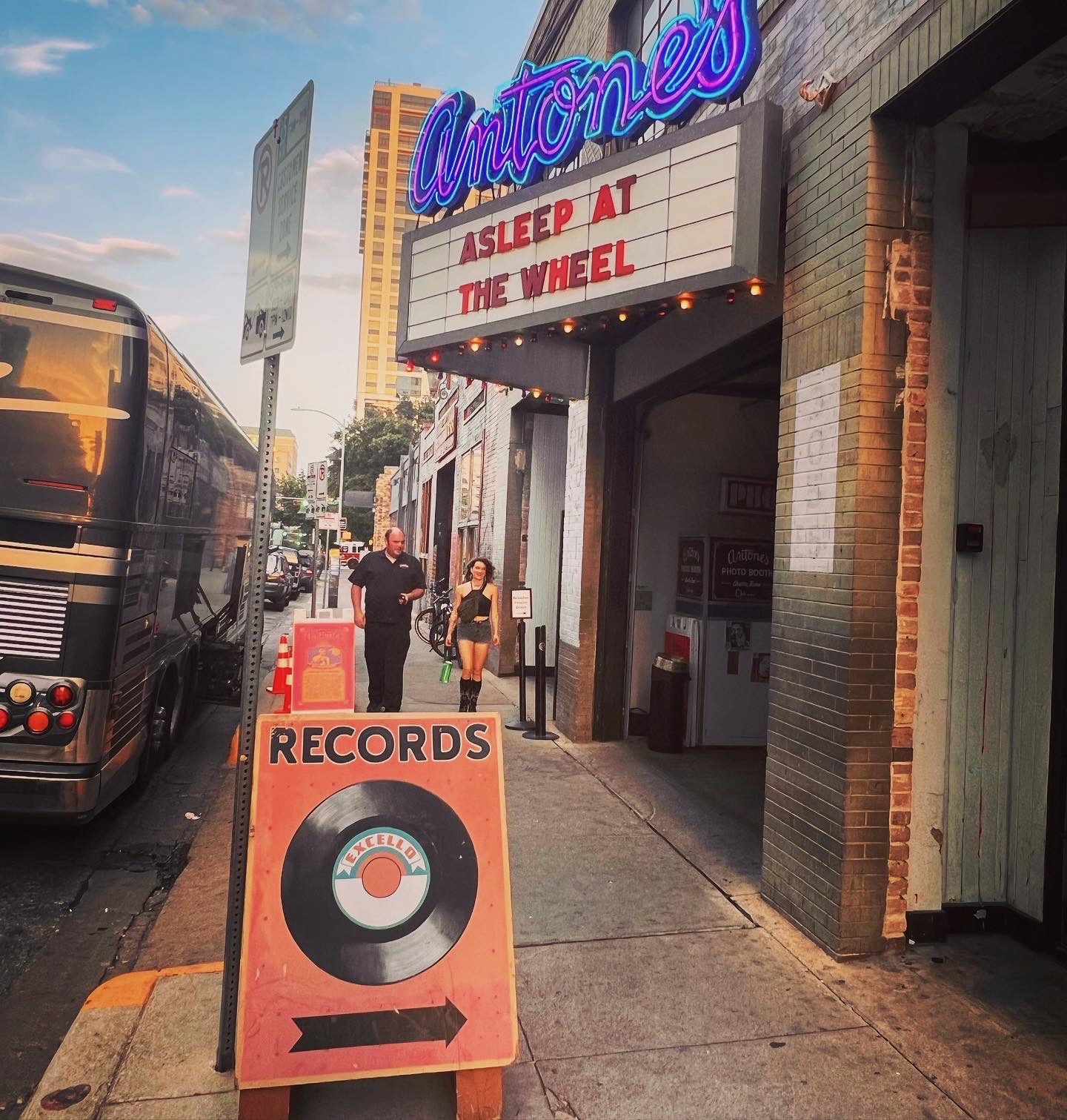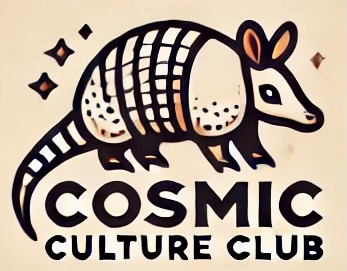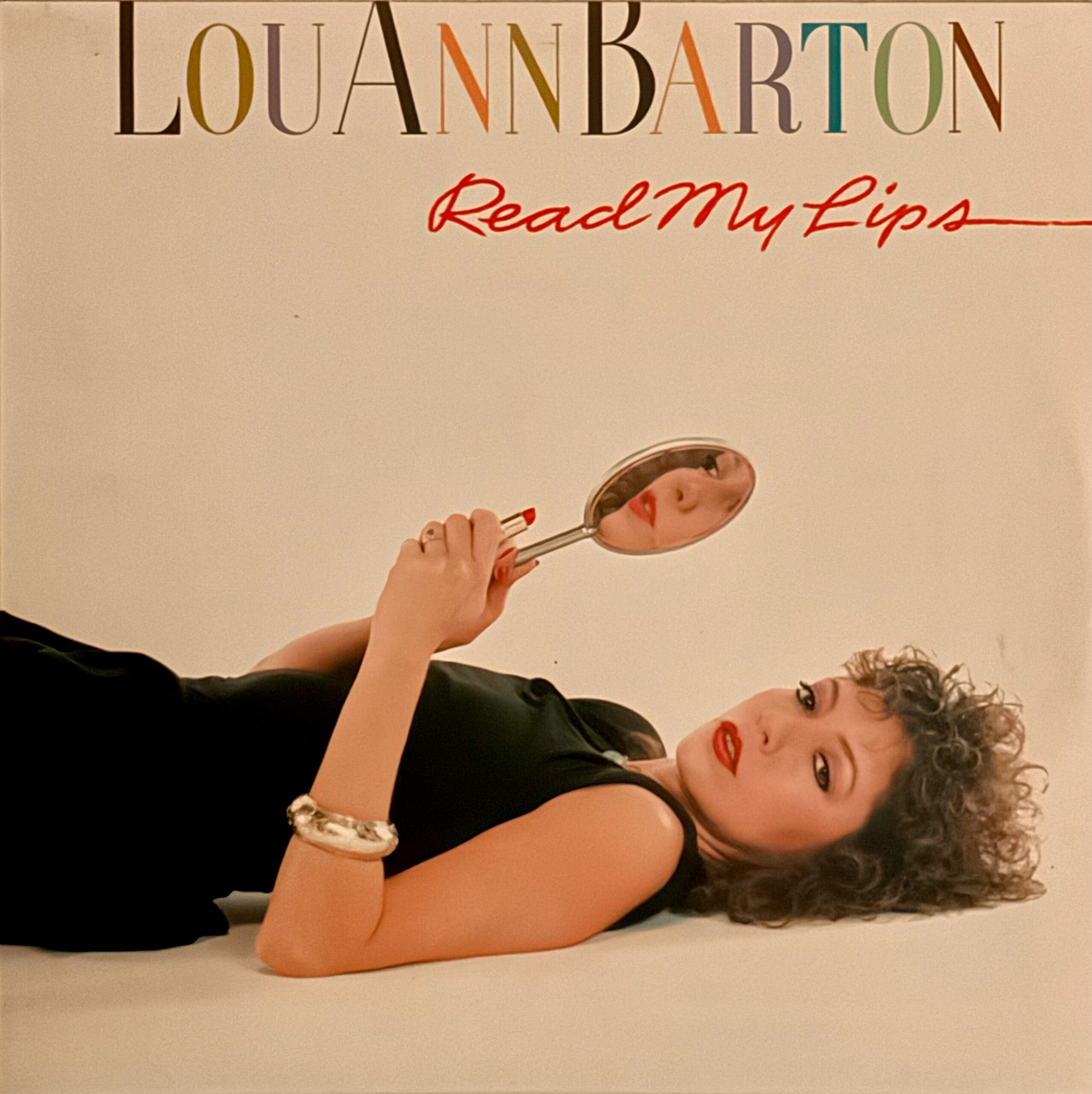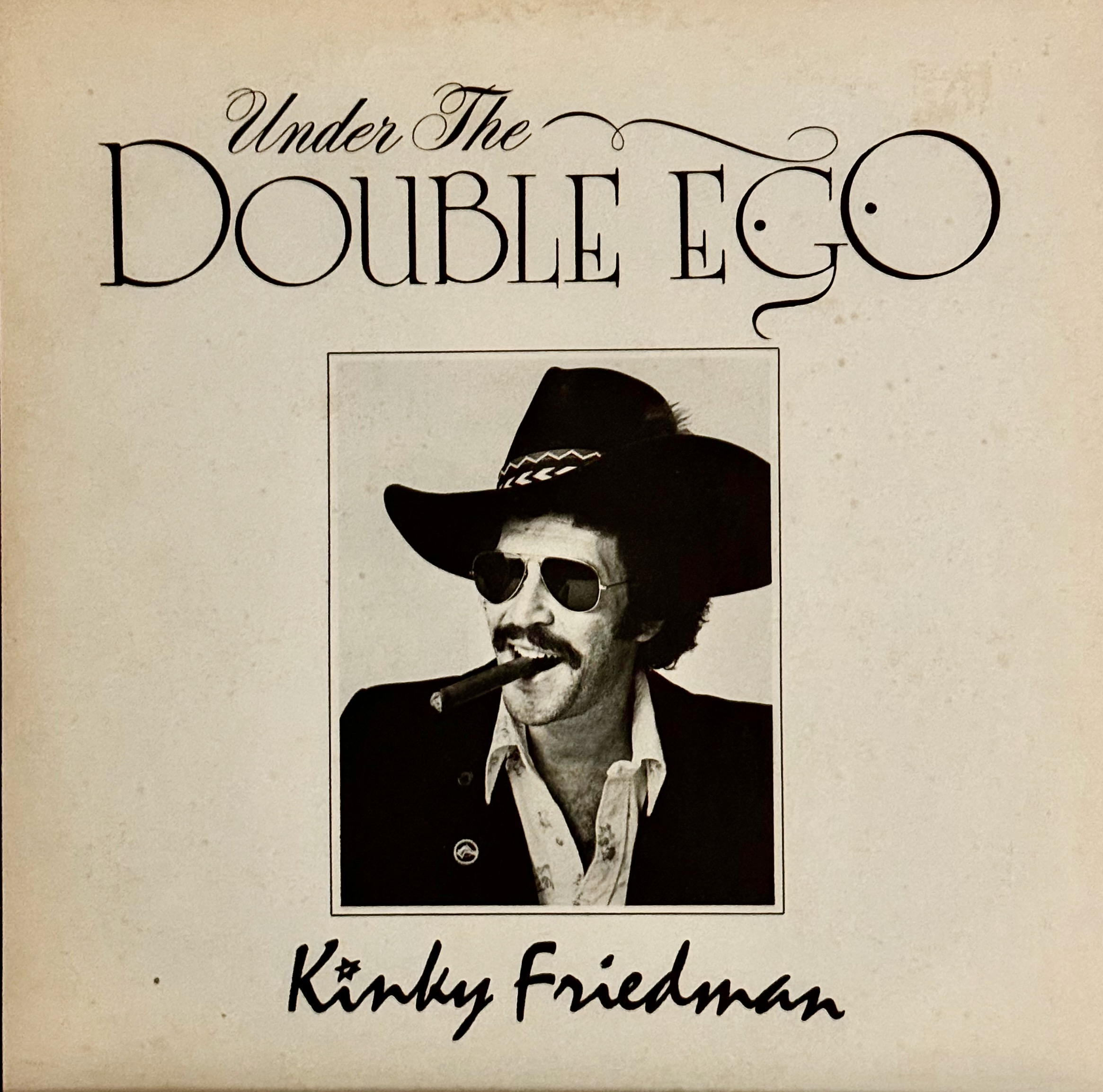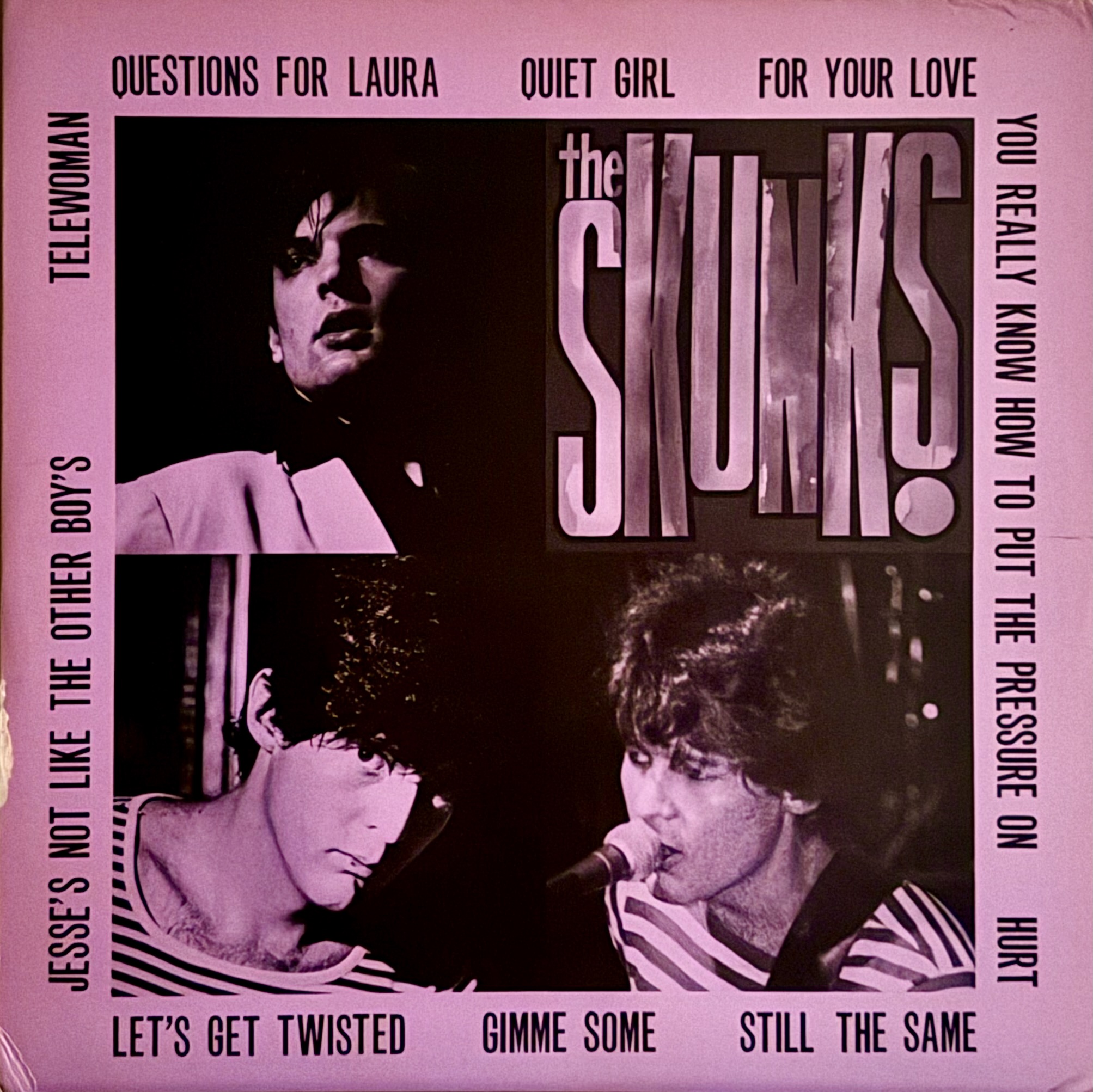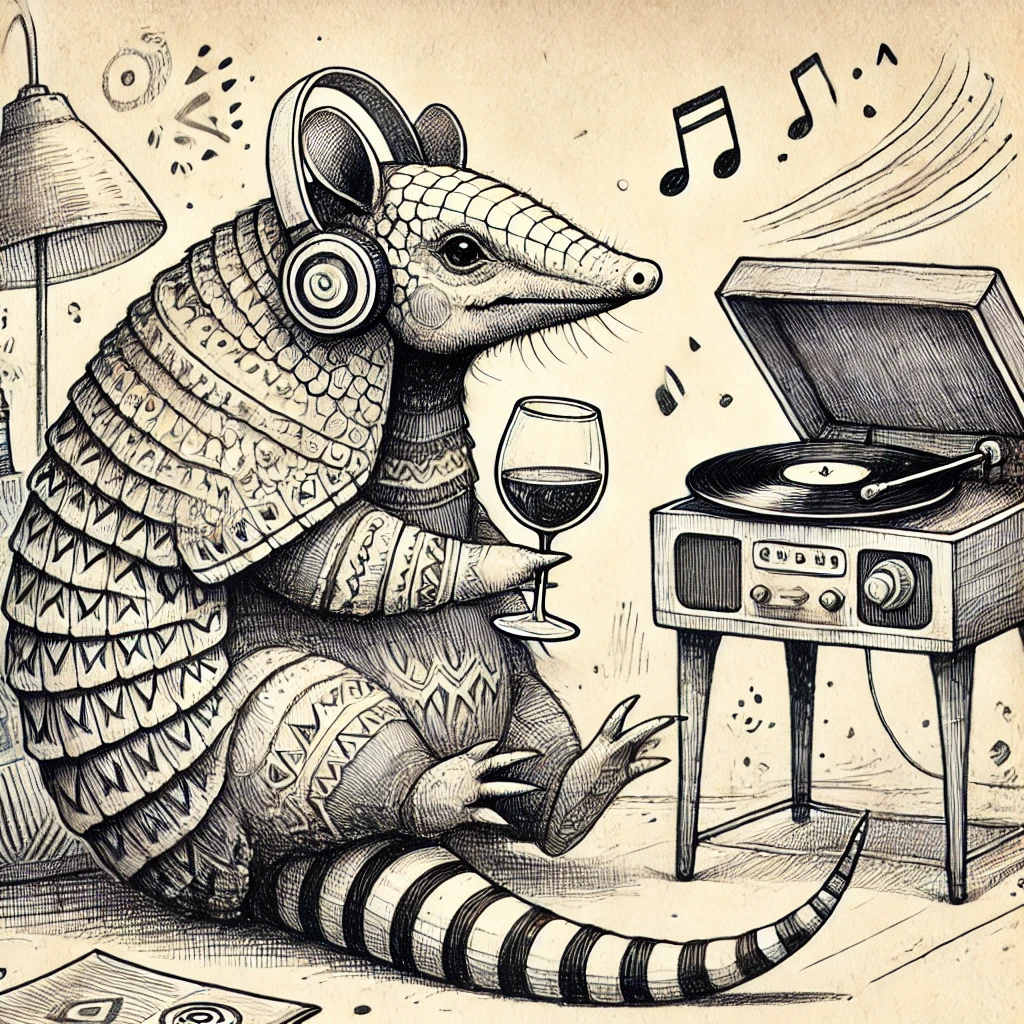Life outside the ‘Dillo
1970’s Austin was dominated by the hippie adjacent cosmic cowboys with their long hair, cowboy boots, and distinctive country-rock fusion music. It was their fashion and attitude that defined the national perception of Austin. Still does. The center of their universe was the Armadillo World Headquarters where there were some pretty special things happening, but percolating beneath the surface of this progressive country movement was a budding Austin blues scene.
These kids were in desperate need of their own headquarters. “It was like we were the bastard children of the Austin music scene,” Kim Wilson of the Fabulous Thunderbirds recalls. “We were the guys in the Italian pants, and no one wanted anything to do with us. You have no idea what Antone’s meant to us when it opened. It was the greatest moment of our lives.”
The motivation behind the club was exceptionally simple – Clifford Antone loved the blues and he needed a place to watch them. He figured if there wasn’t a home for the blues he would build one. In 1975, at a scant twenty-five years of age, he took the plunge and opened his club in an abandoned furniture shop on a desolate stretch of Sixth Street.

While Money wasn’t the motivation, it was inconceivable to Clifford that the venture could fail. Years later he would reflect on those days, “When we started the club on Sixth Street I honestly thought to myself, ‘how am I going to fit all the people who want to hear Sunnyland Slim into this place?’ I swear to God, I thought they would be lined up and down Congress Avenue…it never crossed my mind that people wouldn’t come. Or they’d squabble over a $2 cover charge.”
Musically speaking, they did come. The blues legends that Antone idolized flocked to the new club. The Chicago players were intrigued by the prospect of playing in Texas, and Clifford would wine and dine them before sending them back to the windy city to spread the word about how fun it was to play in Austin. Antone’s earned a reputation as a place where musicians were treated like royalty, and the stage was graced with legends such as Muddy Waters, B.B. King, and Jimmy Reed.

Clifford’s philosophy was to put the musician first and figure the rest out later. If the crowd was thin, he made up the difference from the door out of his own pocket. This wasn’t a marketing ploy designed to lure stars to the club. He extended the same generosity to local musicians who were just starting to build their careers. “He’d give us more money than we earned,” Wilson said. “He made it easy for us to be musicians, and fun. Whether he was making money on the club or not, it didn’t matter, as long as we were happy. And we were.”
The genuine love Clifford had for the blues earned his club the respect of the genre’s most revered musicians. Obtaining a nod of approval from the legendary pickers lent credibility to Austin’s predominately white players. A twenty-three year old Stevie Ray Vaughan joined Albert King for a jam session and left everyone’s jaw on the floor. Moments like these were happening in downtown Austin and a baton was being passed from one generation to the next.
The Guadalupe location
Nobody remembers if the club made money in the earlier days, but if they did, it didn’t last. By 1982 the club was in a desperate fight for survival. The original downtown location fell victim to Austin’s continued development and the building was bulldozed to make room for a tower.
Forced out of their original space, the club moved into a strip mall in the northwest part of town. This location was off the beaten path for most Austinites, and certainly off limits for casual fans and tourists. Without the downtown hubbub the club was losing money, fast, and needed a lifeline.

Clifford targeted a location on Guadalupe near the UT campus. He thought the change would breathe new life into the club and bring the crowds back in. Boy, was he right. It was here that Stevie Ray Vaughan, the Thunderbirds, and other local heroes grew into their own stardom. The club would remain in this space for the next fifteen years, and it’s the location most Austin blues lovers know best.
While the club was thriving, Clifford’s personal life was in crisis. Not long after opening the new location he was indicted on federal drug trafficking charges. Austin American Statesman staff writer Brad Buchholz described Antone as “generous – yet constantly in need of money.” A precarious situation that led to him seeking creative revenue streams.
The charges culminated in a fourteen month government funded vacation. Before heading to the big house, Clifford needed to stabilize the club, and he knew the perfect person to keep giving Austin the blues while he was away – his sister Susan. She stepped in to run the club on a “temporary” basis in 1985, and is still running the joint today.

Antone’s Records
After his release from prison Clifford was possessed with a new passion. No longer was it just about bringing the blues to a stage, it was about implementing phase two of his master plan – saving the blues for posterity. While Susan handled the day to day operations of the club Clifford focused his energy on growing the Antone’s record label.
As with the club, this venture was driven by zealot idealism rather than sound financial principles. “What I’m interested in doing is making real blues,” Clifford stated. “And if we make them right I could care less who buys them.”
He continues to stress the point by contrasting his label with its peers, “They’re trying to make something more palatable, something that kids are going to buy. We’re trying to do the opposite, to make blues like they did in the 50’s. We’re trying to make it sound right, and not slick it up to please someone. If someone brought me Buddy Guy and offered me a million dollars to make him sound like Jimi Hendrix, I wouldn’t do it.”

The goal was simple, “I look at it as my mission to record the blues legends before they’re gone,” he stated. “There’s so much more I want to do than I am financially am able to and it’s sad.”
Again, Clifford’s philosophy was applied equally to local musicians and legends alike. “I have all the artistic freedom I desire,” states co-founder and recording artist Angela Strehli. “I’d be just another artist on another label but here I’m important because I’m bringing a modern reinterpretation of the blues that sort of rounds out the label.”
Party like it’s 1997
The eighties gave way to the nineties. The nineties slid by as well, and with the new millennium quickly approaching the club was once again in a fight for survival. Rising property taxes, a national declining interest in the blues, and a decaying structure made the Guadalupe building untenable. The club unveiled a grand move to a new location at Fifth and Lavaca, near their original home.
Once again, the opening of a new location was marred by personal problems. The day before the grand opening, federal prosecutors announced another indictment. Clifford Antone was accused of running a large-scale drug operation including the warehousing and wholesaling of nearly 15,000 pounds of marijuana. The prosecutors could trace the drugs, but they couldn’t find the money.
Antone pled guilty and was remanded back into federal custody. Despite pleading guilty, many in his circle questioned the validity of the charges. He did not take drugs, or allow them in the club. He didn’t even drink. He did not allow cursing in front of women or children, for Christ’s sake. The allegations did not fit the man they knew, and anyway, where was the money?

Return to downtown
The new location was symbolic of a new trajectory for the club. The blues weren’t bringing the crowds it used to and the club found it necessary to evolve with the times. They didn’t abandon their blues roots, but were willing to expand the tent. The stage was opened to all genres of music and served as the venue of choice for Sandra Bullock’s then boyfriend (and local rock star), Bob Schneider.
One tradition that was held sacred was Blue Monday, an evening reserved strictly for blues music. It’s an area where Clifford was unwilling to compromise. Even from his prison cell he implored that the tradition be strictly adhered to.
Fittingly, Clifford’s release coincided with the opportunity for him to make his grand return on Blue Monday and hundreds came to welcome him back on June 2, 2003. Eddie Wilson, original operator of the Armadillo World Headquarters was there. Hard rocking country star Joe Ely was also in the crowd. They all erupted as Clifford emerged on the stage announcing, “Tonight we’ve got the greatest band in the whole world…”
It was a special night, but tragedy was just around the corner. In 2006, Clifford Antone unexpectedly passed away from a heart attack at the age of fifty-seven.
The current iteration
The club is in its sixth location now, back downtown. There have been some changes, of course. At one point, it was banished to Riverside Drive for a short stint before shuttering completely. The club was down, but it certainly wasn’t out.
After its brief respite the club announced a new ownership group, under Susan Antone’s primary stewardship, and a grand re-opening on Fifth Street. The other investors were carefully selected to provide the correct vision to guide the club into the future.
Gary Clark Jr. is one of the owners. His involvement in the club started at the age of twelve when Clifford spotted him playing guitar. He recognized the talent and stepped in as a mentor, bringing a young Gary to the club to meet blues legends and offering the tutelage of the older generation, aka Jimmie Vaughan, to the young star.

A lot has stayed the same as well. The portrait of Doug Sahm that Clifford used to stand under while watching shows still hangs next to the stage. The old guard still plays there and, if you wander in on the right night, you can catch Jimmie Vaughan or Ray Benson playing a set. Sometimes together. There’s an attached record store that specializes in selling blues albums, many of them printed by the Antone’s Record label.
There’s a steakhouse next door and a swanky Thompson Hotel recently opened across the street – neither of which was conceivable when Clifford opened his first club in the seedy district, and both of which owe a debt of gratitude to that club for triggering the downtown revitalization. I think Clifford would be pleased with what he sees.
